The perfect pastry is a fine art! Whether it’s a pie or a Danish with your coffee, when pastry is done right, it can be a little slice of heaven. There are several types of pastry out there, including shortcrust, puff, choux and filo. It can be intimidating, but we’re here to break down the different varieties and some top tips on making the perfect pastry.
The perfect pastry checklist:
✓ Light golden brown colour
✓ Not too heavy or doughy
✓ Flakiness
✓ Tenderness
✓ Shortness
Shortcrust pastry
Shortcrust is the most common and universal of the pastry world. It is used for tarts and contains little to no sugar. In France it is known as pâte brisée and consists of 50% flour, 50% butter and eggs. Shortcrust has a crumbly, biscuit-like texture. A shortcrust can also be sweetened and is known as a pâte sablée, containing 15% sugar and, sometimes, ground almonds. This makes quite a crumbly/ fragile pastry and works perfectly for sweet tarts or on its own with a cup of tea.
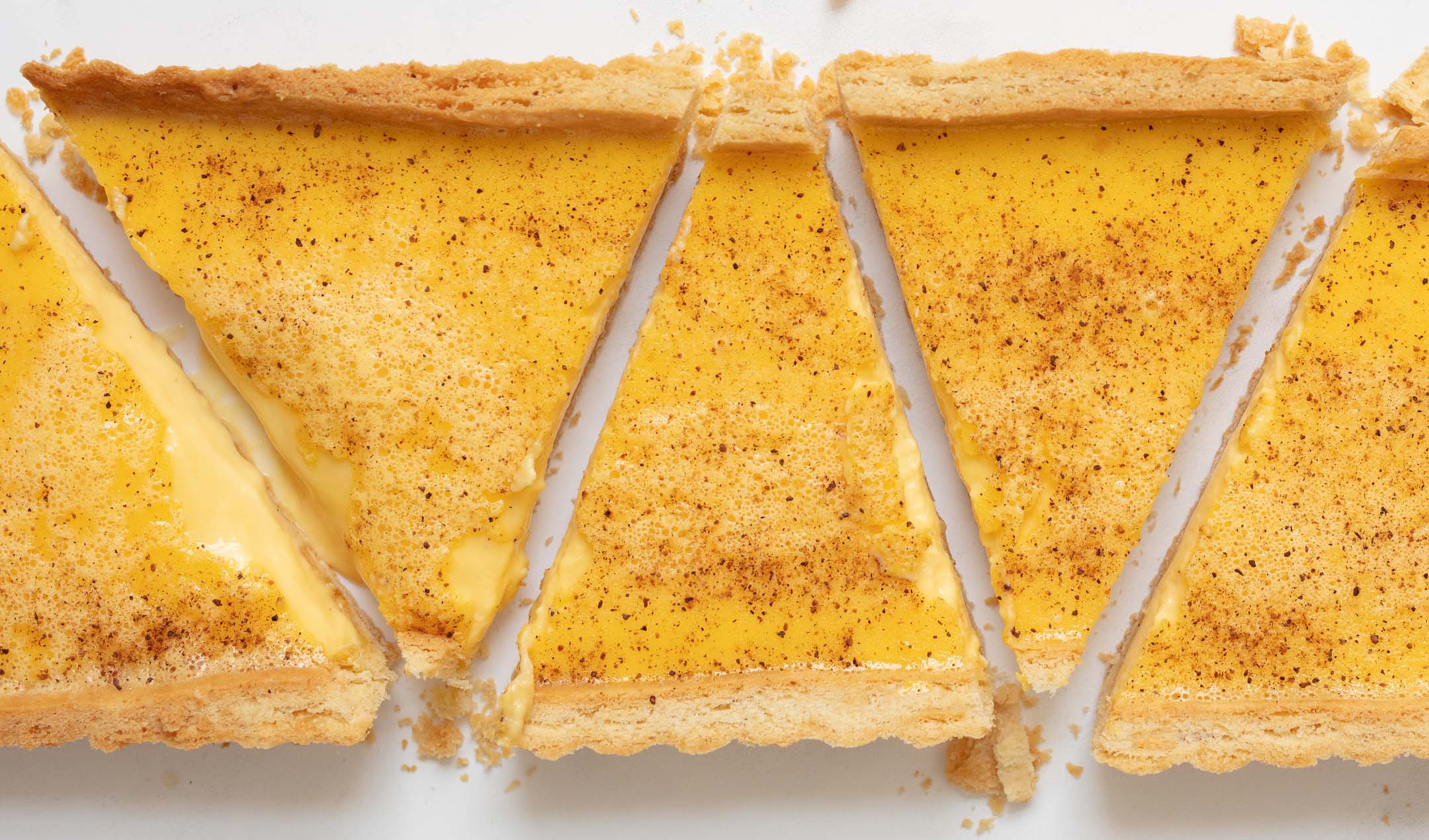
Puff the magic pastry
Puff pastry, or pâte feuilletée as it’s known in France, is a light and flaky pastry. It is made from a mixture of flour, salt, water and slabs and slabs of butter! When it comes to puff pastry, as Julia Child said, “you can never have too much butter”. A puff pastry should consist of layers of dough and fat, which form distinct layers once baked. Puff pastry is commonly used for croissants, pies, pastries and vol au vents. This pastry requires a lot of rolling, resting and turning. It is a very time-consuming pastry to make and can be difficult to get right. If you’re up for the challenge, it is a triumph to get right; personally, though, we swear by shop-bought puff pastry. A roll of puff pastry in the freezer is excellent to have on hand for a pie emergency. A little tip: use the scraps of puff pastry from your pie to make a little jam tart. Pop a tablespoon of jam on top, fold over the other half, brush with egg wash and bake…a firm favourite!
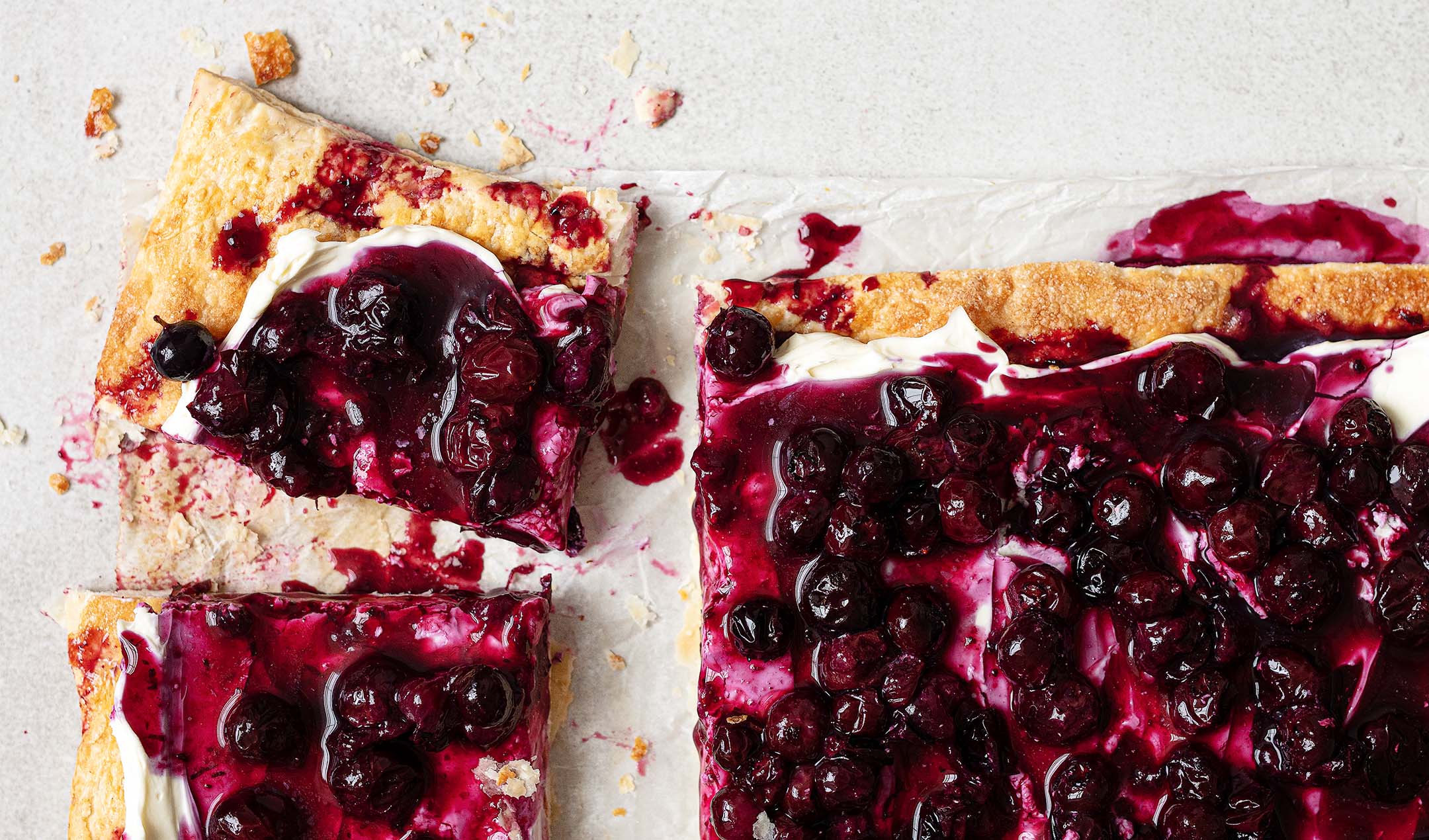
Not-so-tough rough puff
Puff pastry can be challenging; however, while rough puff may not be authentic enough to win a baking competition in France, it’s a great alternative for creating buttery pastries from scratch. Rough puff pastry is made from flour, salt and water, but unlike puff pastry, it uses small pieces of butter instead of slabs. Rough puff can be used in the same way as puff pastry, but you will not get those distinct layers. If you’d prefer to make your own pastry instead of buying it, but don’t want the hassle of puff pastry, rough puff is the way to go!
Choux pastry
Choux (pronounced ‘shoe’) is an unusual pastry, made by heating milk, butter and water in a pot until boiling. Flour is mixed with sugar or salt, then beaten vigorously to form a dough. Eggs are added to give it a dropping consistency. The mix is piped into different shapes and baked. Choux pastry is used to make choux buns, profiteroles and éclairs. Its high water content turns into steam during baking, causing the shell to expand and become hollow. Choux pastry should be light, airy and crisp. Once it’s filled with cream and topped with chocolate, we’re happy!

Feeling yo filo pastry
Filo or phyllo, meaning ‘leaf’ in Greek, is wafer thin sheets of dough containing very little fat. It is commonly used for Eastern European and Middle Eastern bakes, e.g. baklava. Filo is a basic mix of flour, salt, water and oil, rolled and stretched until tissue thin, and is one of the wonders of the freezer world as it is one of the most difficult pastries to make. We buy pre-made filo and we’re okay to admit it! If you wish to attempt to make this pastry, it may take a few trial runs, as it’s all about getting the consistency right and stretching it without tearing the dough. To all who try: we salute you!
Perfect pastry tips:
- We need a rest after work and so does pastry. Allow to rest for at least an hour before rolling it out; ideally, it is best to leave it overnight.
- Puff pastry needs to rest for at least an hour after each turn. This allows the butter to chill; if the butter melts, it will ruin the lamination.
- Unlike bread, you don’t want to work your pastry dough. There is gluten in the flour which is what gives the pastry structure, but if it is over worked it will develop a tough and undesirable mouthfeel.
- When it comes to pastry, your ingredients must be chilled. During baking, the butter melts and works the magic needed for pastry!
- Always keep your work surface dusted with flour to stop the pastry from sticking.
- When rolling, keep turning your pastry on the floured surface to ensure an even roll.
- Blind baking is a technique used for shortcrust pastry. After lining your tin, place a piece of parchment paper on top and fill with baking beans or rice. This weighs down the pastry and allows it to bake before the filling is added. When using a wet filling such as a curd, custard or an egg mix, blind baking will stop the pastry from having the infamous ‘soggy bottom’.
- When making choux in a saucepan, it is important to cook out the flour fully; about three minutes over a medium heat should cook it off.
There are so many different types of pastry and we encourage people to try and make their own, as it’s a great achievement when it turns out right. However, remember that even the best chefs use shop-bought pastry, so there’s no shame in that game.
For more recipe inspiration, check out our entire pastry recipe collection, here.
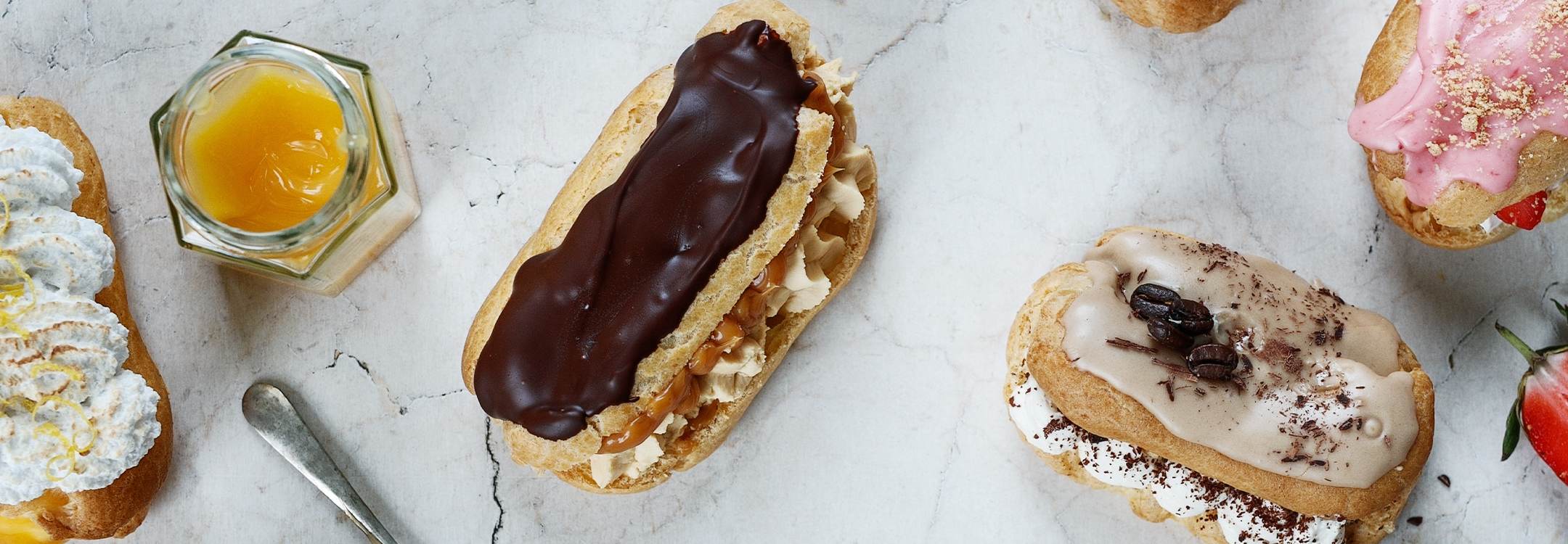
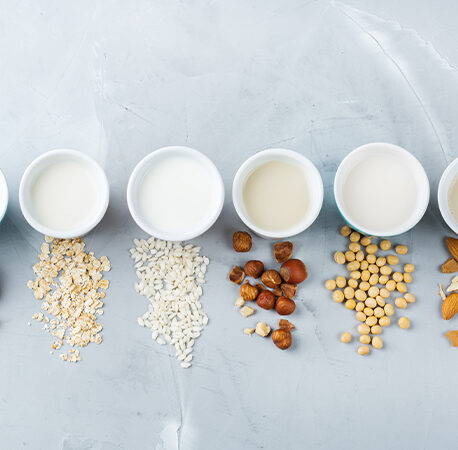
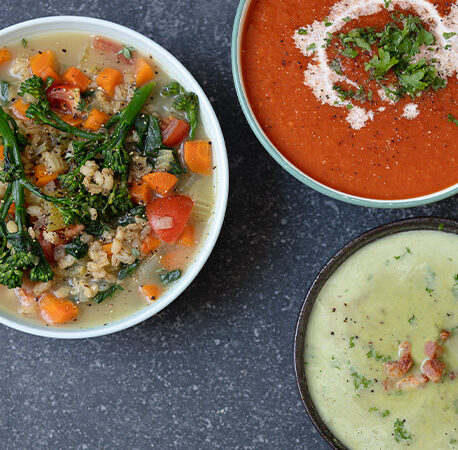
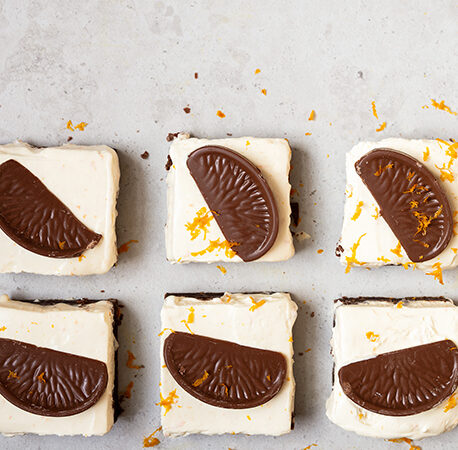
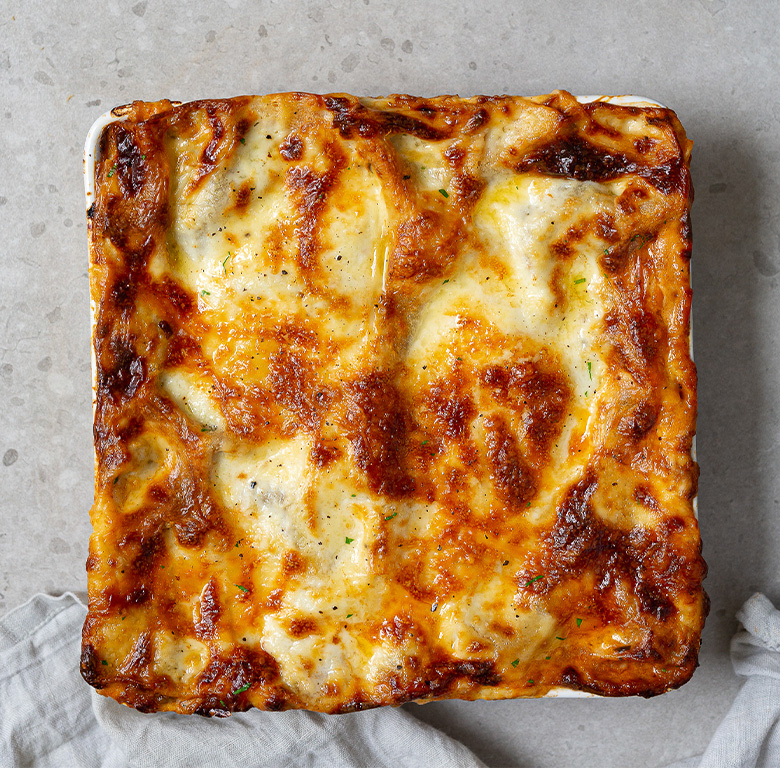
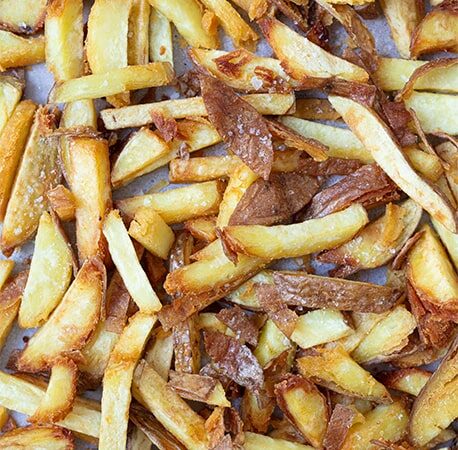
You have to be signed in to comment this post.